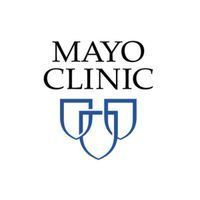
Utilizing the Mayo Clinic 3-M Approach for Different Autoimmune Disorder Presentations: Sean Pittock, MD

The director of the Mayo Clinic Center for Multiple Sclerosis and Autoimmune Neurology provided insight on a unique way the institution cares for patients who present with an inflammatory or autoimmune entity. [WATCH TIME: 5 minutes]
WATCH TIME: 5 minutes
"The second M is, how do we Maintain that maximal reversibility? We’ve made you better, but how do we keep you there? Because we can’t give you steroids forever. We can’t give you immunoglobulin IV forever. We then select an immunotherapy that allows us to spare those agents."
Autoimmune disorders remain one of the more complex challenges for clinicians to treat, mainly because there are more than 80 different presentations with no available cure. These disorders, typically grouped as either organ-specific or not, occur when an individual’s immune system mistakenly attacks their own body tissues. Due to the difficulties in diagnosing, especially in the earlier stages, clinicians have leaned on physical examination, medical history, X-rays, biopsies, and antibody testing.
For more than 2 decades,
The approach is designed to have patients obtain the maximum reversibility of their disease, while on the least harmful, but effective medications. Pittock, director of the Mayo Clinic Center for MS and Autoimmune Neurology, sat down with NeurologyLive® to discuss the treatment strategy, along with how it can be simplified based on the various presentations.
Newsletter
Keep your finger on the pulse of neurology—subscribe to NeurologyLive for expert interviews, new data, and breakthrough treatment updates.































